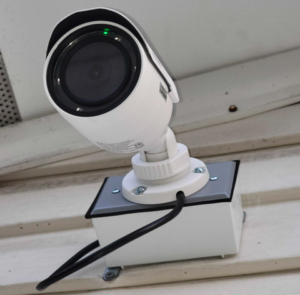
Our response to COVID-19
Like many other businesses, we’ve all had to adapt to the current COVID-19 situation. Our newly-implemented policies are not just for the health and safety of employees, but also for the protection of our valued clients during this pandemic.
Our leadership team thoroughly discussed and researched guidelines from the CDC and the State of Oregon. Additionally, employees could give their preferences for health and safety guidelines in the workplace.
At the end of the day, we need to do everything we can to remain healthy for our clients so we can continue to provide the same level of service in safety and security. It is needed now more than ever.
We want to be transparent about how we are maintaining a healthy workforce and working to protect our customers. Here is a brief outline of our policies:
6 Feet Away
Employees must remain a minimum distance of 6 feet from another person at all times. A couple weeks ago, you would have found leadership measuring 6 feet between chairs and tables in our meeting rooms. They also applied tape on the floors in the form of an “x” where chairs can be stationed. Additionally, every room and office has a maximum capacity. Talk about dedication!
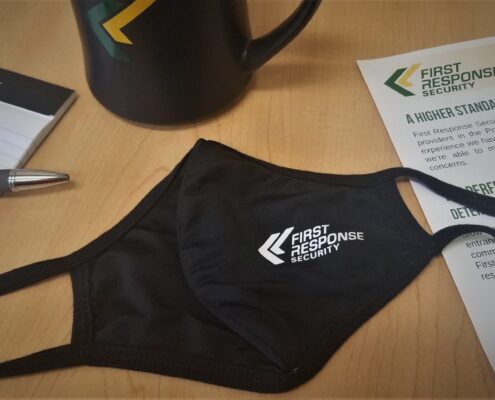
Masks & Face Coverings
Face coverings that cover the mouth and nose are required. They must be worn at work sites, during in-person meetings, and in our office building common areas. First Response employees have branded masks to wear. Not every mask fits each person the same, but these masks are flexible and aren’t as restrictive as some other face coverings can be. And they look good, too!
Sharing a Vehicle
Employees may not ride in a vehicle with another person in the course of their duties. In the past, someone may occasionally join a Patrol Officer for a ride-along. This policy prevents any ride-along, however it does not apply to officers conducting or receiving training (during which masks must be worn and other safety measures are put into practice).
Kitchen Guidelines
All dishes must be washed through the dishwasher for proper sanitation. Additionally, employees will wash hands prior to handling shared items, like making a pot of coffee or using the microwave.
Disinfecting Items & Workstations
We have scheduled disinfecting before and after each use of specific items. This includes company vehicles, remote workstations, office workstations, company electronics, and common spaces in the office. There are also several hand sanitizing stations throughout the corporate office for easy hand sanitizing. We provide our employees with the proper supplies to be able to disinfect and sanitize when necessary.
Stay Home
Employees should remain home for any COVID-19 symptoms. These symptoms includes cough, shortness of breath, fever, chills, muscle pain, headache, sore throat, and new loss of sense of taste or smell. Employees will not return to work until cleared to do so by our Director of Admin.
Work From Home
We have adapted by allowing employees to work from home to limit office personal and potential spread of the virus. Providing this option means that employees don’t have to choose between their career or the health and safety of themselves and their families. We have made sure that this change does not affect the level of service we provide.
Again, our policies are in place to protect our employees as well as our customers. We wouldn’t be able to operate without a healthy workforce! What kind of COVID-19 policies have you put into place? Let us know in the comments!
If you’re looking to adopt some COVID-19 policies of your own, here are some general guidelines for employers.
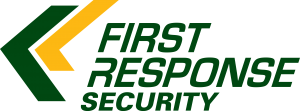
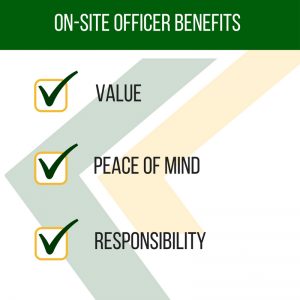



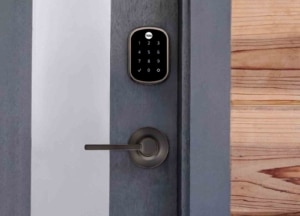
 y, which can help you save on energy costs.
y, which can help you save on energy costs.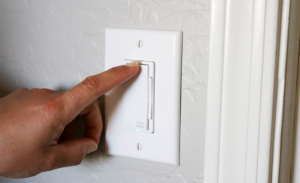 Color: white with a light almond paddle included
Color: white with a light almond paddle included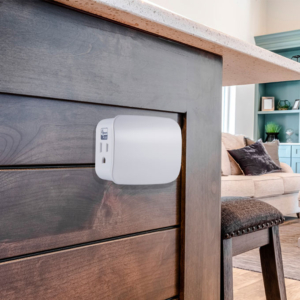

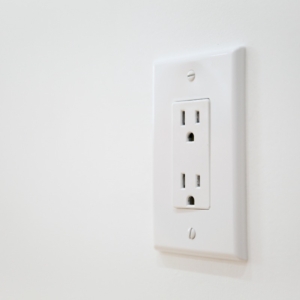 s provides the connected convenience modern lifestyles demand. The smart dimmers, switches, and outlets connect to a control panel to provide home automation from the Total Connect app, or to all popular voice assistants.
s provides the connected convenience modern lifestyles demand. The smart dimmers, switches, and outlets connect to a control panel to provide home automation from the Total Connect app, or to all popular voice assistants.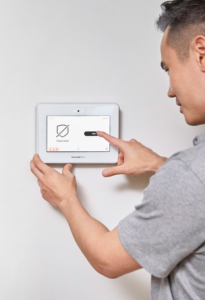
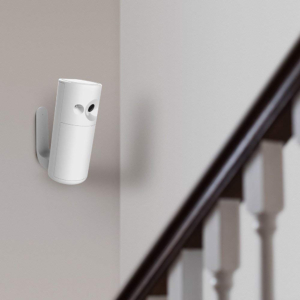
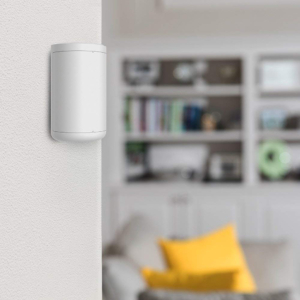

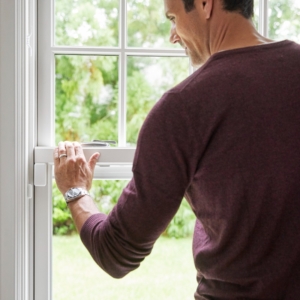
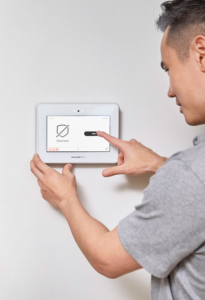 Backlit Display: Yes (times out after 5 Minutes when AC power is lost)
Backlit Display: Yes (times out after 5 Minutes when AC power is lost)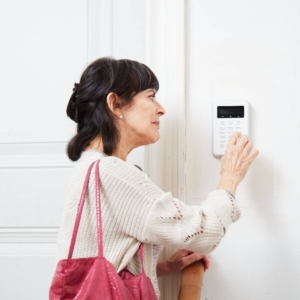 Backup Battery: 24-Hour, 7.2V, 6x600mAh, NiMH
Backup Battery: 24-Hour, 7.2V, 6x600mAh, NiMH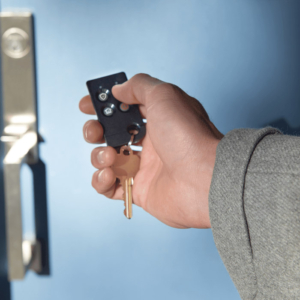
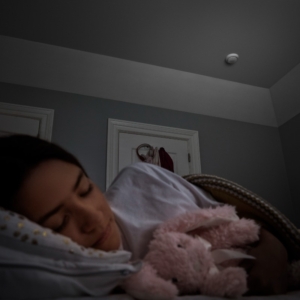
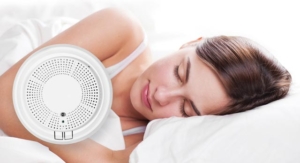 Our smoke and carbon monoxide (CO) detector is a two-way, professionally monitored, wireless, combination smoke/heat and CO detector. More advanced than a standard battery-operated smoke detector, it provides true multi-threat detection and can react faster to real danger. Our combo detector also audibly announces the threat so young children and other family members know what to do.
Our smoke and carbon monoxide (CO) detector is a two-way, professionally monitored, wireless, combination smoke/heat and CO detector. More advanced than a standard battery-operated smoke detector, it provides true multi-threat detection and can react faster to real danger. Our combo detector also audibly announces the threat so young children and other family members know what to do.
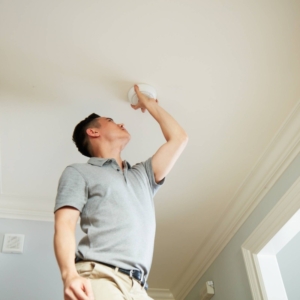 One-Go-All-Go: Yes
One-Go-All-Go: Yes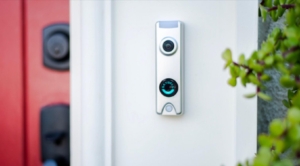
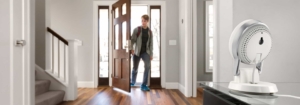 Image Sensor Type: CMOS
Image Sensor Type: CMOS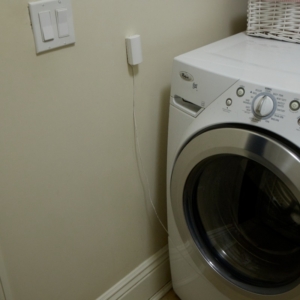 RF Frequency: 2:4 GHz
RF Frequency: 2:4 GHz